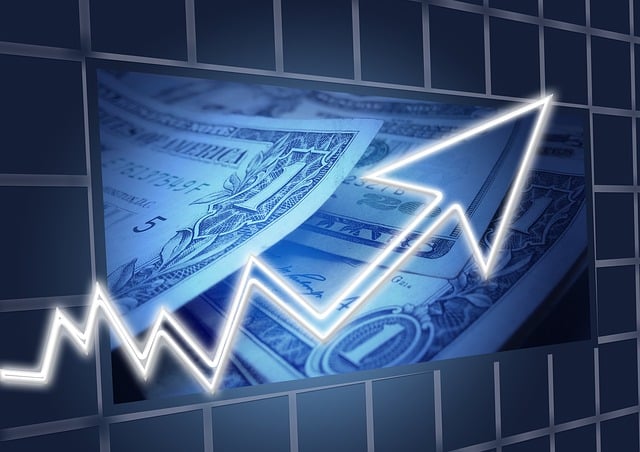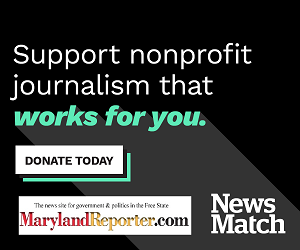Whether you are starting something new or expand your operations, it is best to have a thorough knowledge of lending rates for businesses. These rates determine the final amount you will pay when a loan is approved for your business.
Irrespective of whether the loan is for purchasing machinery or for stocking up inventory, it works as a lifeline; however, the interest rate can vary quite substantially. This information will help you comprehend the business lending rates, a few different types, their working, and the reasons that influence these rates.
What are Business Lending Rates?
Business lending rates refer to the percentage of interest that a lender charges a business for borrowing money. This rate determines how much you pay in addition to the principal loan amount. Lending rates can be fixed or variable and are influenced by several economic, financial, and business-specific factors.
Such rates are expressed on an annual rate basis, popularly known as the Annual Percentage Rate (APR), and this rate includes interest as well as various fees associated. The lower the APR, the cheaper it is for one to borrow money. With the higher APR, one has to pay more to the lender on account of repayment amount.
Types of Business Lending Rates
There are two main types of business lending rates:
Fixed Rates
Fixed rates remain fixed during the entire term of the loan, giving you unchangeable monthly payments and thus making budgeting that much easier. Fixed rates give stability and are predictable; therefore, they may prove most suitable for small firms seeking some expensive cash.
Variable Rates
Variable interest rates change with market fluctuations. Such rates will usually be tied to an index serving as the benchmark rate, for example, the prime rate or LIBOR. So when the rate goes up, so does your interest payment, and vice versa. Though they generally start out at a lower point than fixed rates, variable rates are much less certain.
Other Common Business Loans and Their Lending Rates
Let’s go through some of the most common business loans, and their average lending rates:
- Term Loans: Considered one of the traditional forms of business lending. Depending on the lender and credit worthiness of the borrower, interest could range from 6% to 25%. Both fixed and variable rate interest options are available.
- SBA Loans: Promulgated by banks but with the guarantee of the Small Business Administration. SBA loans usually fall within the range of 6% to 10%, which translates into one of the more affordable small business lending rates.
- Business Lines of Credit: These give you flexibility to draw funds as needed. Rates are generally variable and lie between 8% and 24%.
- Equipment Financing: Financing that helps businesses acquire machinery or equipment.
Business Lending Rates and Their Influencing Factors
There are various elements at play which influence the business lending rates you are offered. Knowing these factors will allow you to be prepared and potentially procure a better deal.
Credit Score
Your business credit score and your own credit score play an important role. The higher the credit score, the lower the interest rate offered, as they present a lower risk to lenders. Businesses with a sound record of repayment will generally be offered better loan terms.
Time in Business
New and young businesses generally attract higher business lending rates than more established businesses. Lenders like a company with a good track record and established cash flow.
Annual Revenue
Lenders tend to give better rates to businesses with high sales because they perceive the risk as lower. Higher revenues mean the assurance of your repayment ability, and hence, lowered loan interest rates.
Loan Amount and Term
Business lending interest rates within a common-sense framework should increase with loan size and duration because risk and exposure increase with time. But elevated APRs might apply to short-term loans despite their short duration because of fees.
Type of Loan
The type of loan you are applying for also matters a great deal. For instance, SBA loans have some of the lowest small business lending rates because they are backed by the government, while merchant cash advances are usually on the higher side.
Collateral
Loans, which stand as moderately cheaper, are backed with at times collateral-types like property, inventory, or even equipment-however unsecured loans are higher in interest rates; in the event of a default, the lender has nothing to follow.
Economic Conditions
The wider economic environment affecting inflation, interest rate trends established by the Federal Reserve, or market performances can influence the lending rates across various spectrums of the economy.
Conclusion
From small business lending rates to business lending interest rates for larger corporations, your creditworthiness, business history, and market conditions all play a role in what you’re offered. By learning how these rates work and what factors influence them, you can make informed decisions and secure the right financing for your business growth.
When considering your next move, take time to evaluate your financial health and compare loan offers thoroughly. With careful planning and strategy, you can find a loan that supports your business goals without straining your budget.







Recent Comments